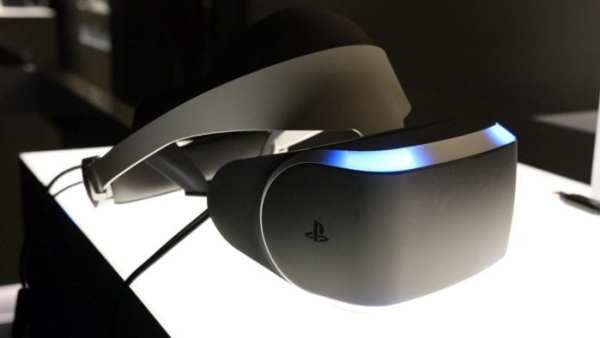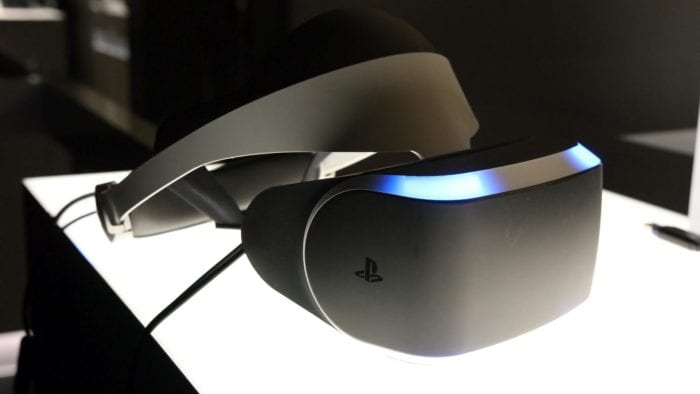Jerky Head Tracking

One of the main issues that seems to have been plaguing players experiences with their PSVR headsets is an issue with the head tracking. For one reason or another, players are finding that head tracking is coming through a little bit jerky and as a result are having a less-than-ideal experience when using the new piece of tech.
This can be down to a number of different reasons, mainly other light sources or reflective surfaces messing with the camera. In order to sort this out, you’ll want to make sure that your Camera is placed on a dull surface and that there are no shiny or reflective surfaces in its viewpoint. These can interfere with the tracking of the lights on your headset and throw things off. This is also the case with any LEDs or bright lights in your room. Be sure to turn these off or move them away to avoid any interference.
If the problem persists, be sure to check there are no direct lights shining onto your PSVR headset itself. This can obscure the prominence of the tracking lights making them harder to be read by the PlayStation Camera. The darker your surroundings, the better.
If you continuing to have a problem then you may want to head into the settings to recalibrate your PSVR. You can find out how to do that here.




